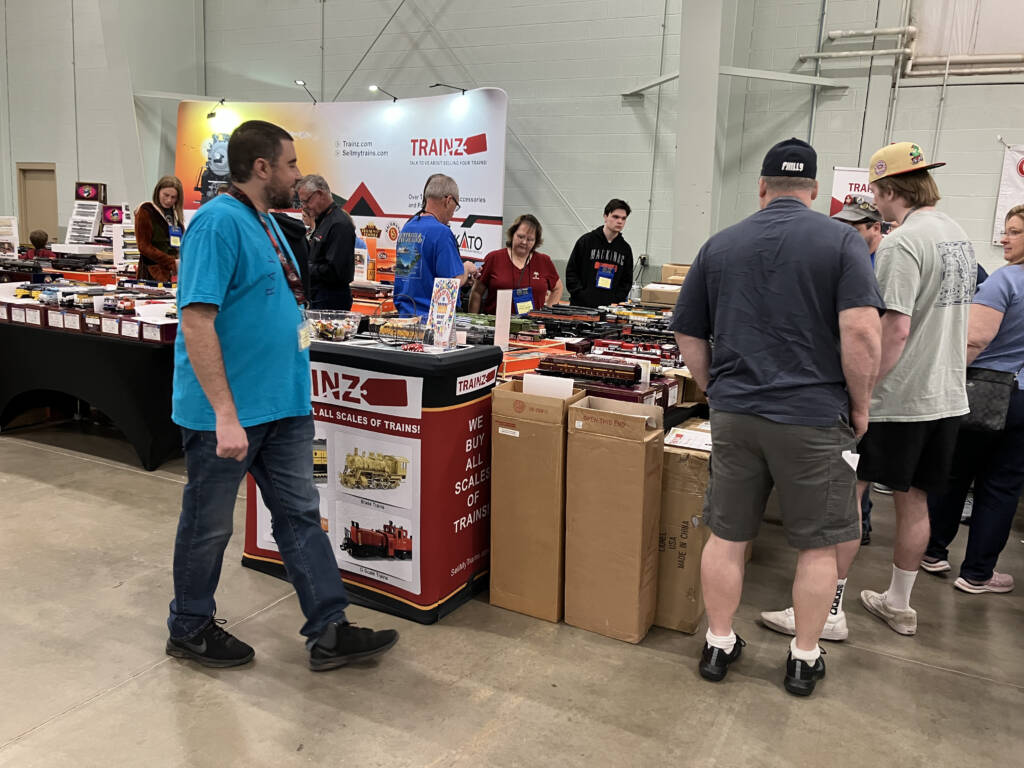
I’ve attended numerous shows during my tenure at Kalmbach, from the local Trainfest show to garden railway conventions, but had never made it to the TCA Eastern Division York show. Finally, I attended my first one April 17-20. It was a whirlwind of activities, meeting contributors and vendors, and getting ideas for stories and layout […]
Read More…
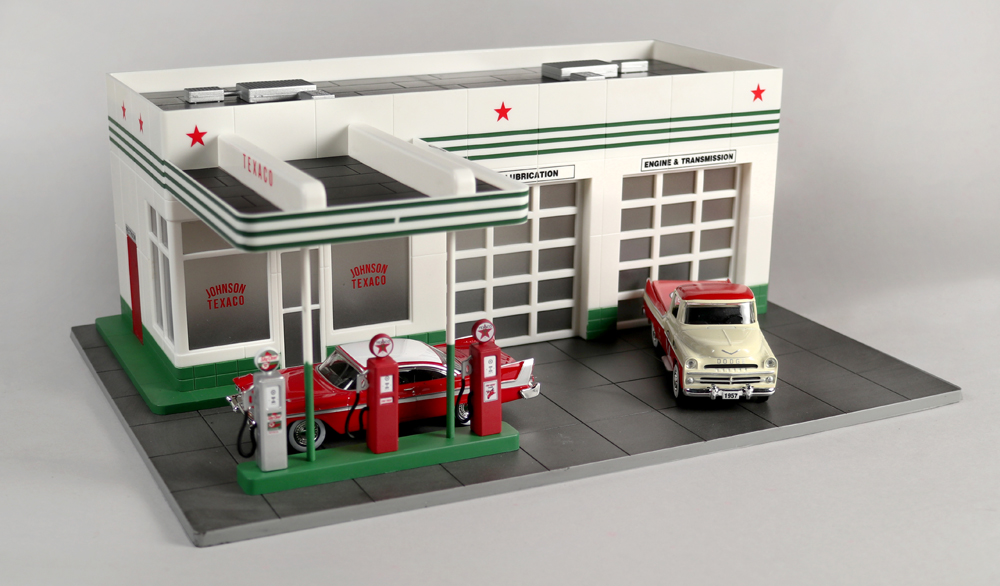
Even the smallest layout needs at least a few structures on it. We’ve compiled a list of manufacturers offering products in O and S scale. We’ve noted each manufacturer’s contact information, what type of structures, the material(s), and if the kits are lighted. Please contact the manufacturer directly if you have questions about their products. […]
Read More…
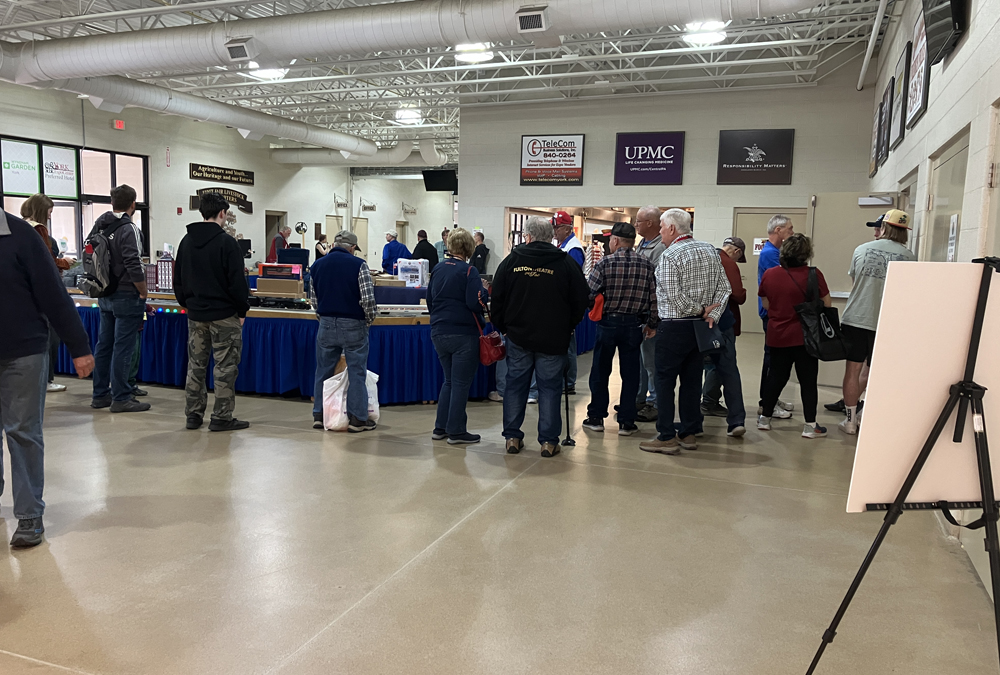
While working the recent TCA Eastern Division York show, Roger Carp and I heard three rumors about the magazine. We’d like to share the questions–and answers–here. Classic Toy Trains is no longer printing issues Yes, we are still printing issues on a quarterly schedule. We also offer digital issues. If you’re a print subscriber, nothing […]
Read More…
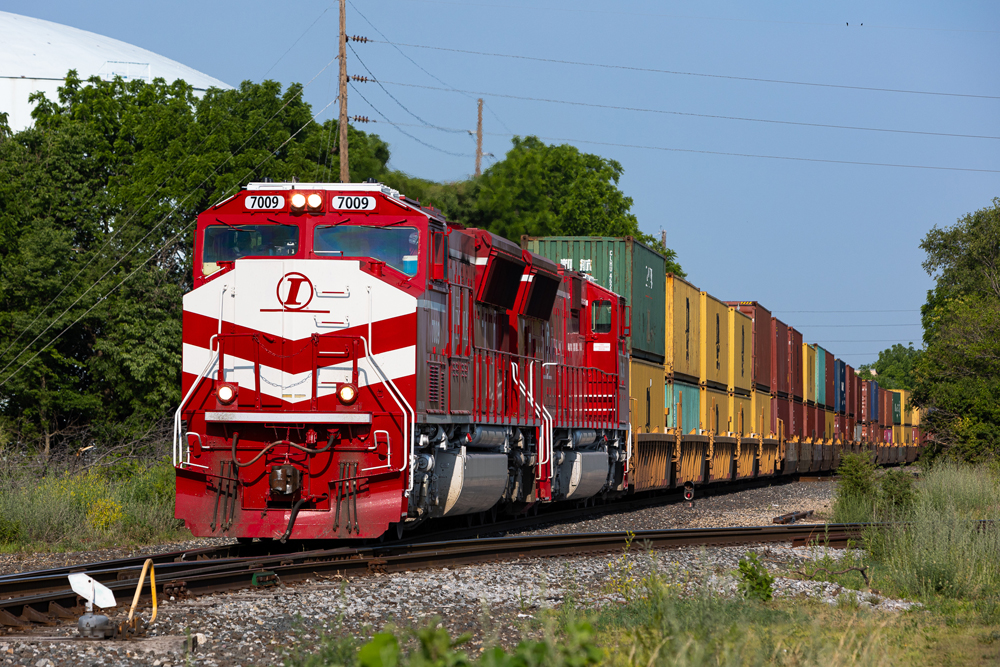
Intermodal equipment If you’re trackside, odds are you’re going to see an intermodal train. Intermodal made up 49% of the 34 million units of freight carried by U.S. railroads last year, more than four times higher than coal, the next largest commodity. Odds are that intermodal train will mostly have railcars owned by TTX, a […]
Read More…
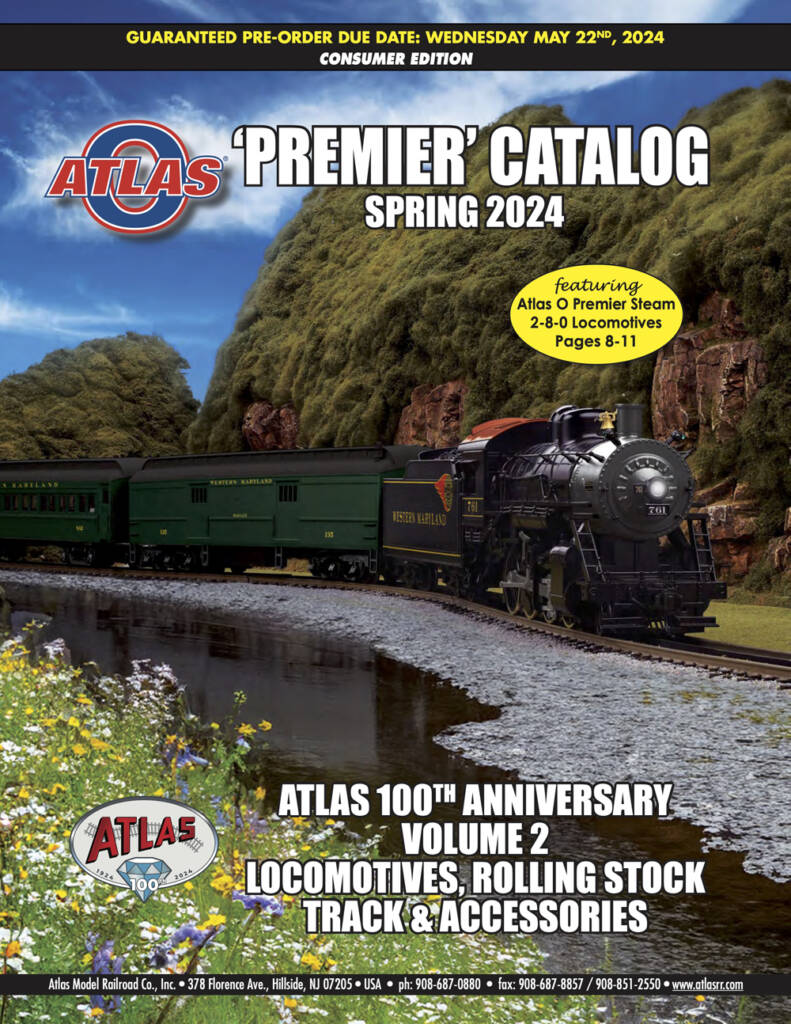
The Atlas O Spring 2024 Premier catalog was recently published on the manufacturer’s website. Highlights include three locomotives, assorted 60-foot heavyweight passenger cars, four freight cars, a snow plow, pedestrian walkways, and an upgraded 24”-diameter turntable. All of the models are scheduled for release in the fourth quarter of 2024. Steam and diesel locomotives The […]
Read More…
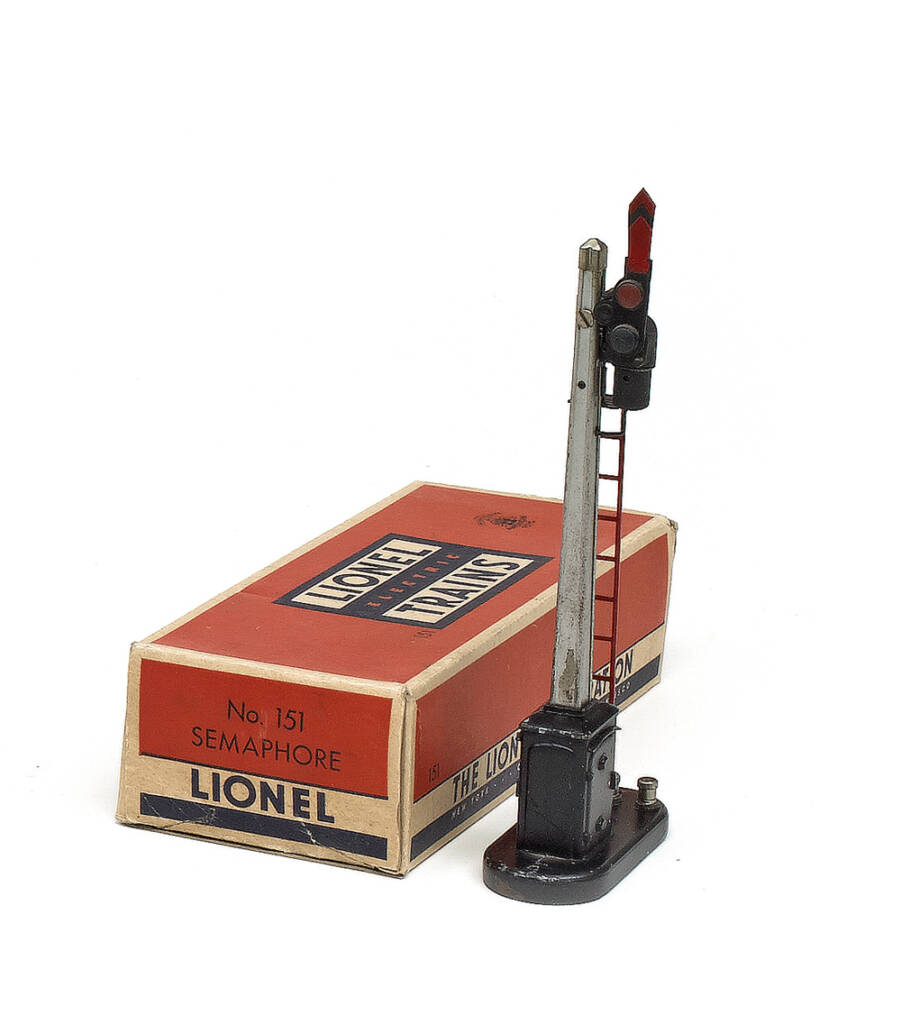
Lionel No. 151 Semaphore signals made their debut in the cataloged lineup for 1947 and remained popular members right through 1969, the final year of the post-World War II era of production. During that two-decade span, Lionel must have produced tens of thousands of the out-of-proportion trackside accessories. Collectors and operators of O-27 and O […]
Read More…
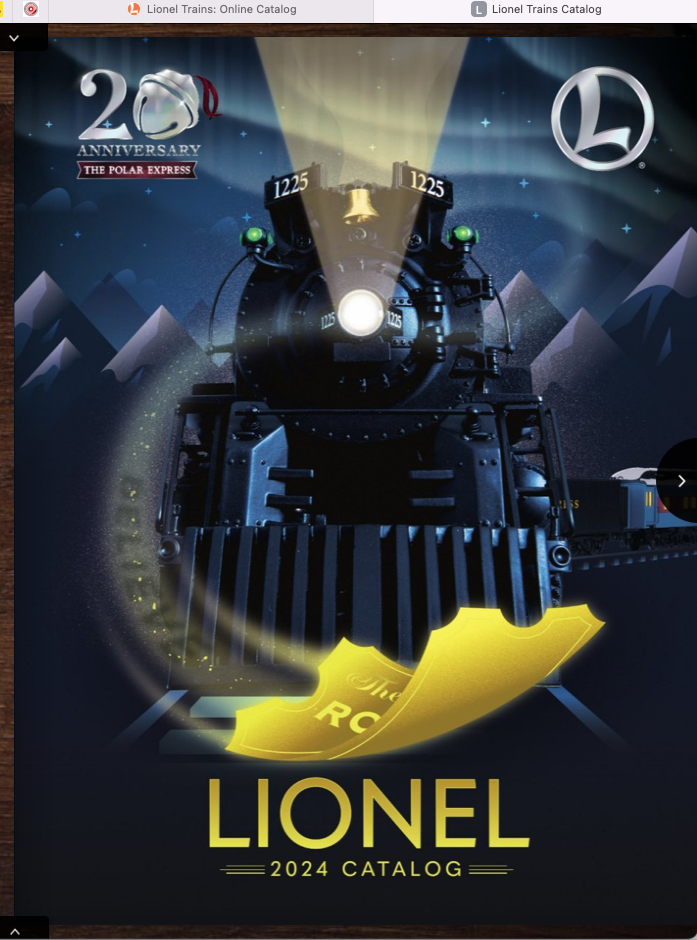
Lionel Catalog Volume 1 for 2024 is filled with plenty of treasures. What’s there? How about fantastic locomotives loaded with tons of special effects and realistic details as well as lots of superb pieces of scale rolling stock and entertaining operating cars of all sorts? And plenty of spectacular and enjoyable train sets for modelers […]
Read More…
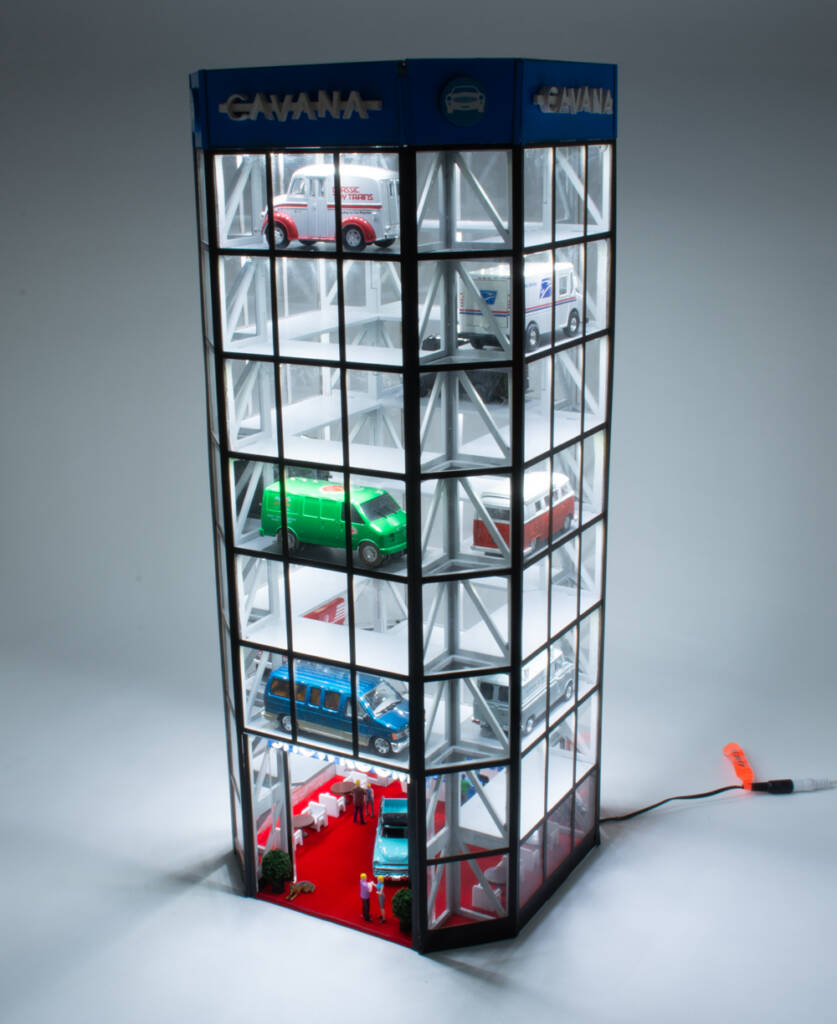
Nobody can say the Menards doesn’t push the envelope in their line of O gauge structures. From power plants, to hotels, and office buildings, the company doesn’t just take an old design and slap new signage on the exterior. The Vehicle Showroom (275-9281) counts as a spectacular design and and an innovative way to construct […]
Read More…
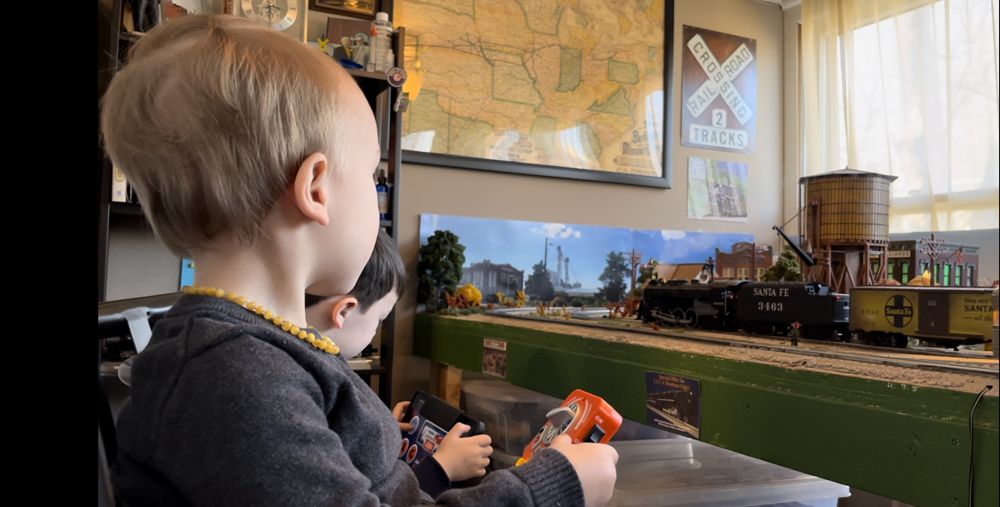
I’ve had a lifelong fascination with trains, stemming from my father’s near 40-year career on the Santa Fe (and later BNSF) railroad. Some of my fondest childhood memories included trips to the train depot in Fort Madison, Iowa where I would see freight trains come and go. When I was 8 years old, I’ll never […]
Read More…
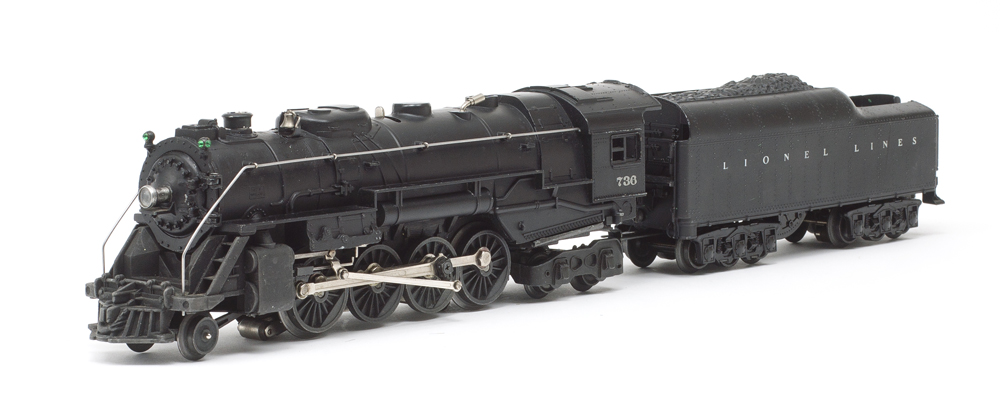
Lionel’s perfect postwar train set features a classic steam engine and a whistle tender pulling five different and very colorful freight cars or five streamlined passenger cars. How, you may be wondering, do we at Trains.com and Classic Toy Trains know this fact? Because a good number of loyal and experienced readers, familiar with the […]
Read More…

Locomotives & rolling stock MTH has a series of Halloween items as part of their RailKing line. The O gauge ES44AC Imperial Diesel Engine (20-21237) has Proto-Sound 3, 2 handpainted cab figures, illuminated LED number boards and ditch lights, O-31 operation, and more. Price: $439.95. Also available is a Bump-n-Go Trolley (30-5243), which features LED […]
Read More…
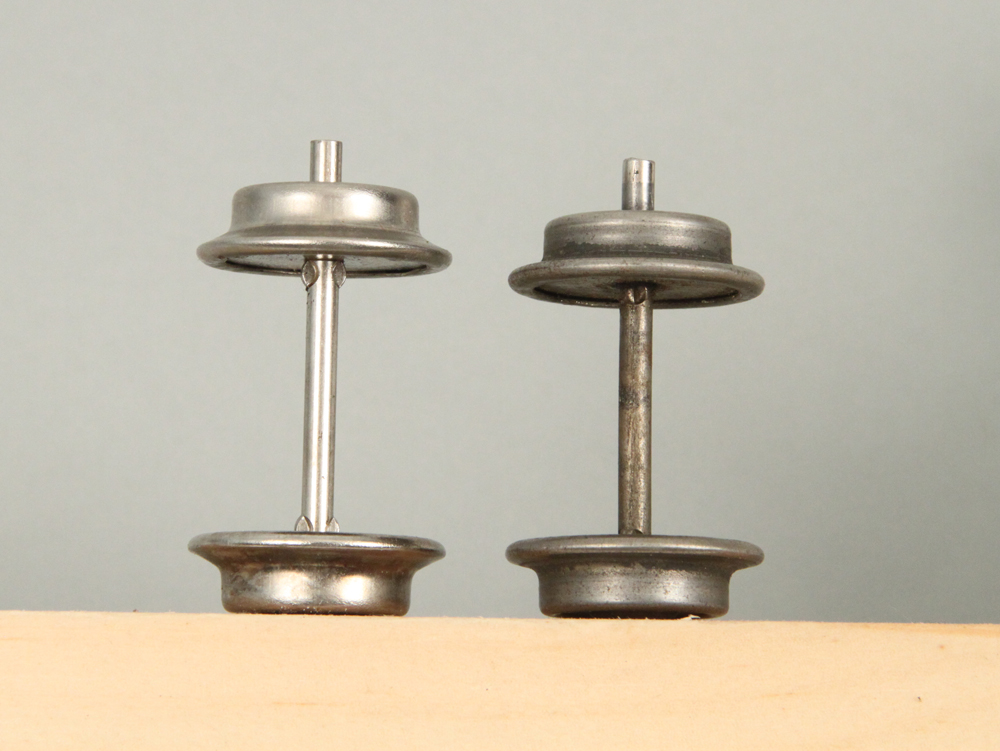
We’re always adding new content to our website. Here’s some recent items you may have missed. 4 components to consider before building a layout You’ve learned a few things about toy trains, and maybe even bought a few items or pieces of track. You have a spare room and would like to build a layout. […]
Read More…












